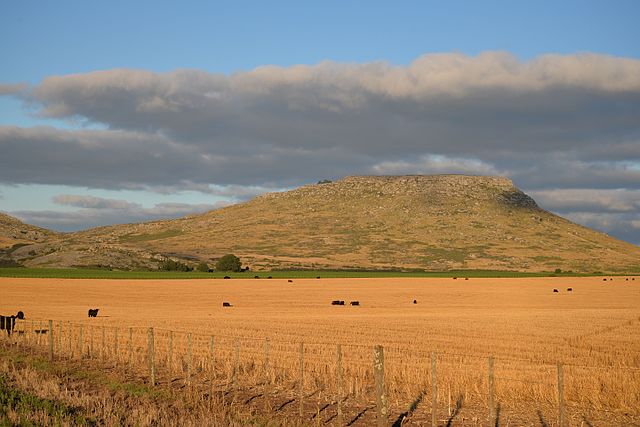Buenos Aires: The sowing of wheat in Argentina is in check due to the scarcity of water. 10% of the surface of the core area in the country may not be planted.
The Rosario Stock Exchange (BCR) reported that there are 100,000 hectares that could not be implemented due to the lack of rain. The drawback is in the west of the region.
“The days go by and the rains do not appear. If this continues, the planting window will be closed and 10% of the surface would be left unplanted. Impossible to plant wheat!” producers from Sancti Spiritu, south of Santa Fe, said to the BCR.
In this sense, they explained that it only rained 37 millimeters in May and nothing in June. “In the northwest of Buenos Aires, the sowing is stagnant at 50% and there is little expectation of adding batches due to the lack of moisture,” the BCR said.
Wheat in the core area
The planting of this crop advanced over the south-central and southeast, with Carlos Pellegrini, El Trébol, Rosario and Aldao, adding hectares. In the case of the northeast of Buenos Aires, 95% of the wheat has already been planted.
In the southeast of Córdoba, as in Marcos Juárez, the area was also reduced by between 40 and 50 percent compared to last year. “The 2023/24 wheat area of the core region could fall between 15 and 23 percent compared to the previous campaign,” the BCR reported.
These complications occur because in June it rained 80% less in the core region. In addition, the month ends with temperatures above normal, high humidity and no rain.
The BCR climate adviser, Alfredo Elorriaga, explained that it is due to the few incursions of cold air from the south. “This time, the circulation of the northern sector predominated, was much warmer and more humid, leading to instability. But it ends up being inefficient due to the absence of a circulation dynamic that capitalizes on that humidity in rain,” he added.
In this sense, he pointed out that in June it usually rains about 10 millimeters in the west sector and 25 millimeters in the east. However, the cumulative monthly average for the entire region is 3.5 millimeters.
For the next few days, the forecasts show a low probability of rain. This could spread on the east of Buenos Aires and at moderate values.
“By Sunday, July 2, the arrival of a cold frontal system increases the probability of precipitation in the core region. However, conditions tend to improve towards the night of the same day,” Elorriaga said.
On the other hand, the producers of the western strip of the region explain that “it would have to rain 40 to 50 mm for it to be sown again and thus add the wheat area.” Unfortunately, there are millimeters that are outside the winter statistics. Also, the possibility of a drop in the production of macollos due to the lack of cold is added.
Source: Agrofy.com.ar
